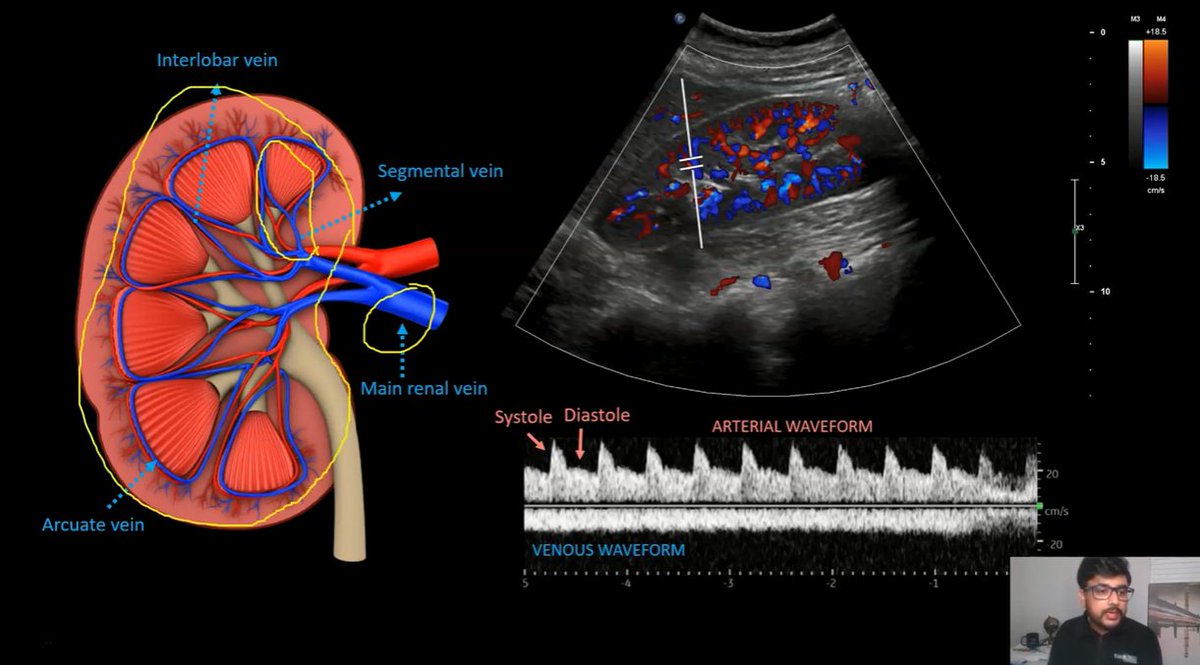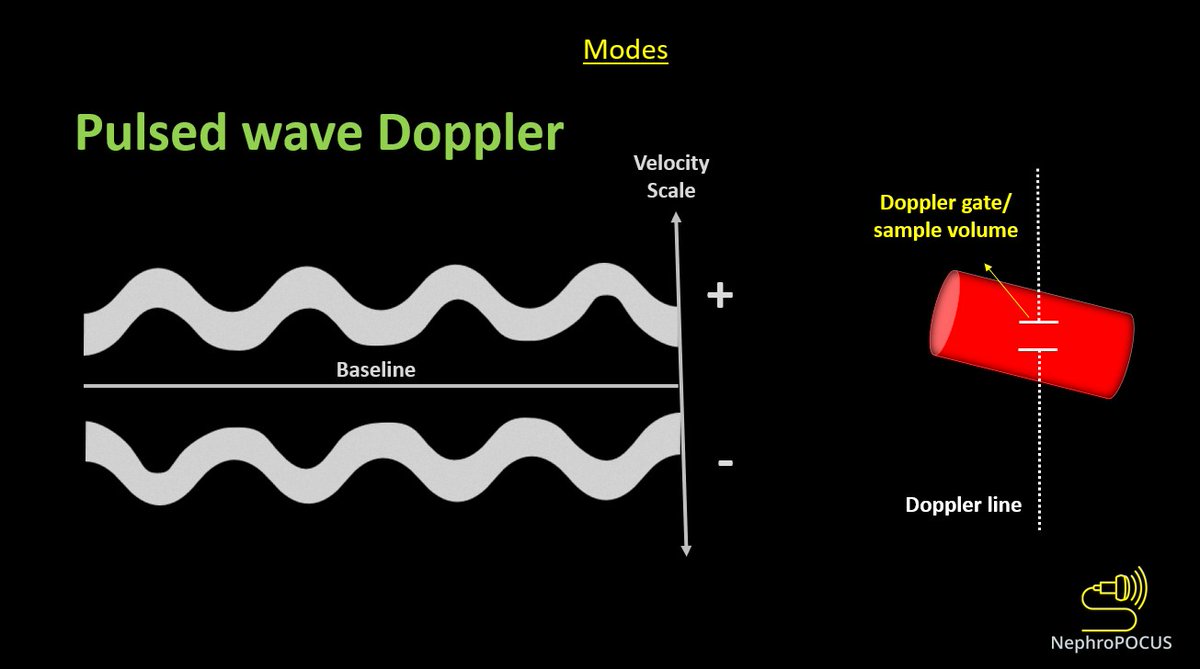
Time to update the #VExUS resources pinned thread 🧵📌
1/ Tweetorial on image acquisition.
#POCUS #MedEd
1/ Tweetorial on image acquisition.
#POCUS #MedEd
https://twitter.com/NephroP/status/1534646038753120260?s=20&t=yPbJFQOLKVhXFD7rF2nG_g
3/ Review article on #VExUS by @nephrothaniel and me in @KidneyMed
🔗kidneymedicinejournal.org/article/S2590-…
🔗kidneymedicinejournal.org/article/S2590-…

6/ Conceptual review of #VExUS by the all-star team of authors @ThinkingCC @WBeaubien @ArgaizR @curromir @khaycock2 and colleagues
🔗ncbi.nlm.nih.gov/pmc/articles/P…
🔗ncbi.nlm.nih.gov/pmc/articles/P…

7/ Our #VExUS friends discuss the emerging concept of fluid tolerance
🔗sciencedirect.com/science/articl…
🔗sciencedirect.com/science/articl…

8/ @katiewiskar and team's excellent review on the role of #POCUS #VExUS in fluid-related decisions
🔗sciencedirect.com/science/articl…
🔗sciencedirect.com/science/articl…

9/ Brief overview of #POCUS in AKI that presents an illustrative case of #VExUS guided monitoring of congestion.
🔗karger.com/Article/FullTe…
🔗karger.com/Article/FullTe…

10/ Tweetorial discussing the rationale/evidence behind #VExUS
https://twitter.com/NephroP/status/1395129401323532291?s=20&t=yPbJFQOLKVhXFD7rF2nG_g
11/ Some other pertinent reviews from our team
🔗kidney360.asnjournals.org/content/kidney…
🔗wjgnet.com/2220-3141/full…
🔗kidney360.asnjournals.org/content/kidney…
🔗wjgnet.com/2220-3141/full…

19/ I intend to keep the thread shorter this time by avoiding individual cases but here are a couple of must-know traps
https://twitter.com/ArgaizR/status/1262865484501987330?s=20&t=ssusMAoZ_X8xinkZzEEVag
20/ Is it always the hepatic S-wave that reverses?
Read these thought process refining cases from @ArgaizR
🔗
🔗
Read these thought process refining cases from @ArgaizR
🔗
https://twitter.com/ArgaizR/status/1316911376296804352?s=20&t=ssusMAoZ_X8xinkZzEEVag
🔗
https://twitter.com/ArgaizR/status/1561048399738281984?s=20&t=ssusMAoZ_X8xinkZzEEVag
21/ couple of interesting #VExUS case studies illustrating the dynamic nature of these waveforms
@kosmosplatform webinar
🔗
@kosmosplatform webinar
🔗

22/ A must-know cause of hepatic D-reversal
*Use simultaneous EKG whenever possible
*Use simultaneous EKG whenever possible
https://twitter.com/ArgaizR/status/1522039511252758529?s=20&t=t2OH1-WxUX0G9IZ8RF8maw
• • •
Missing some Tweet in this thread? You can try to
force a refresh






















